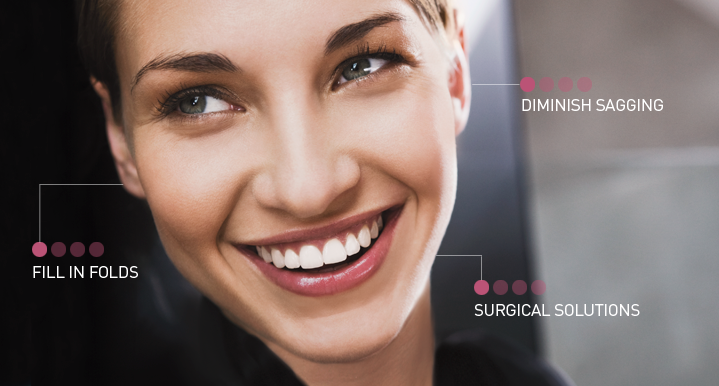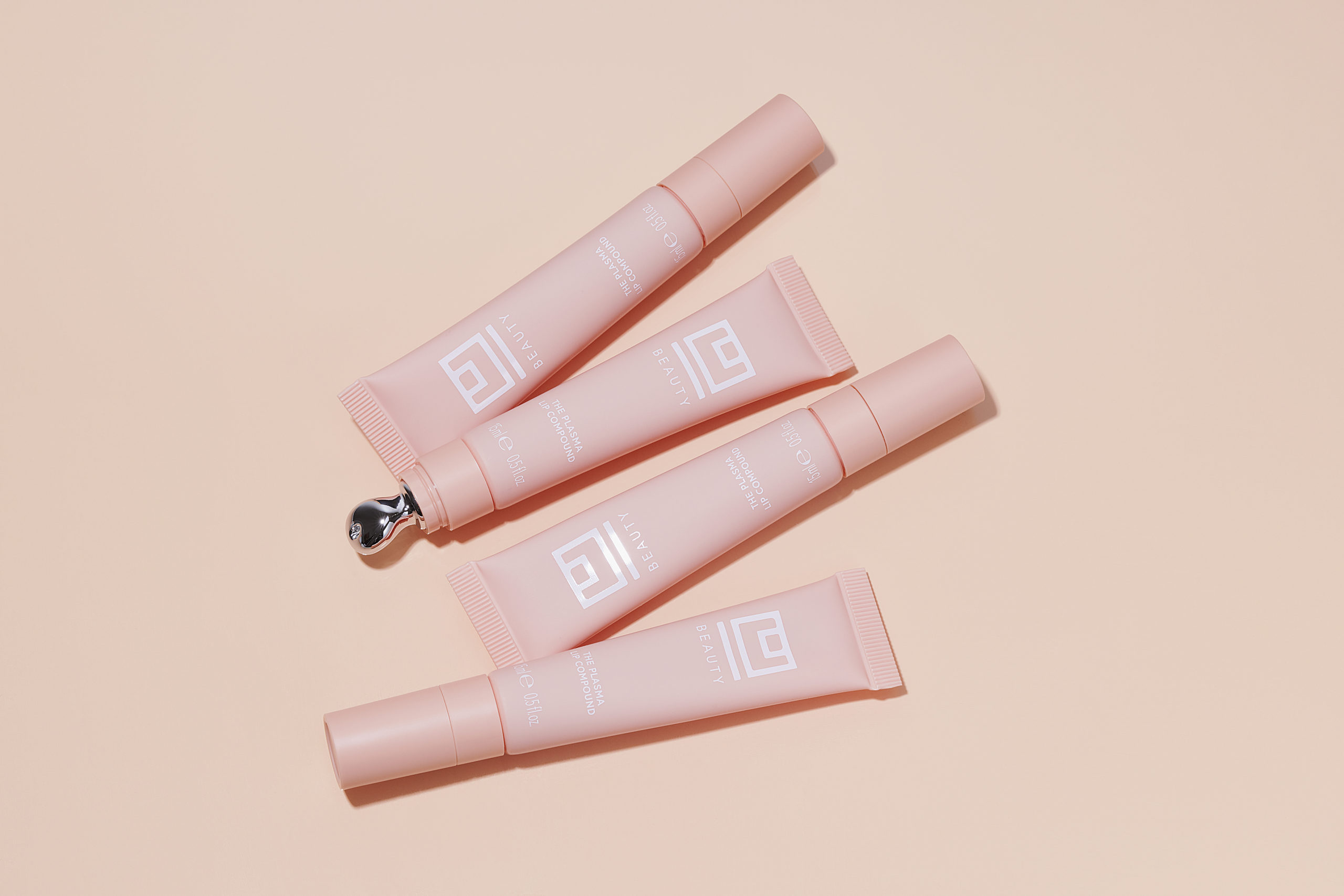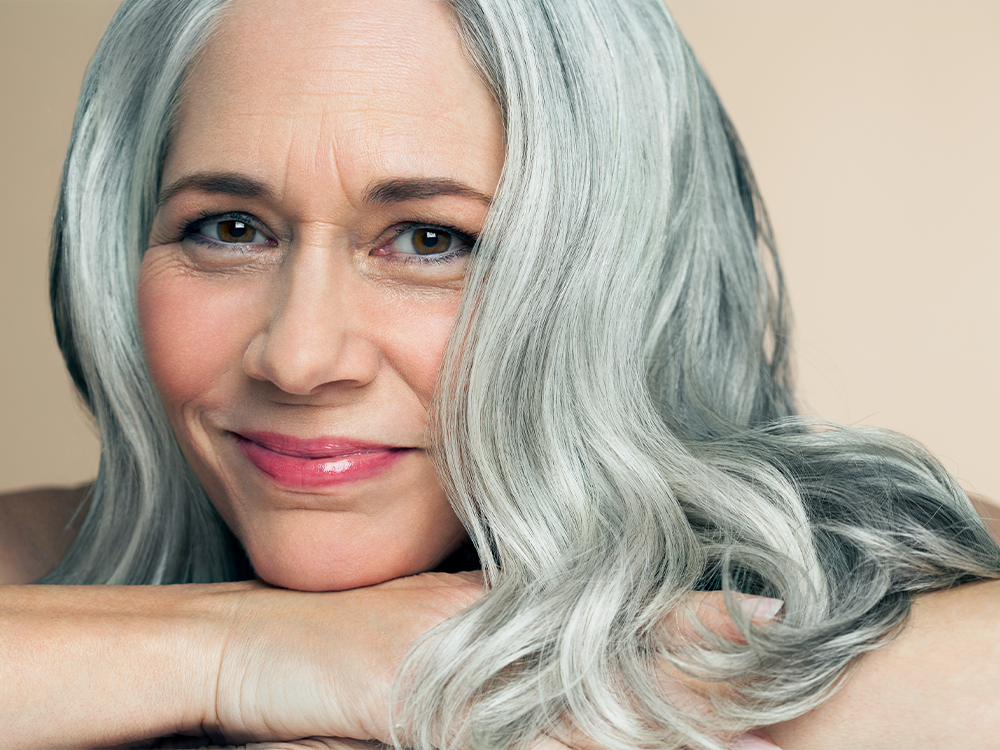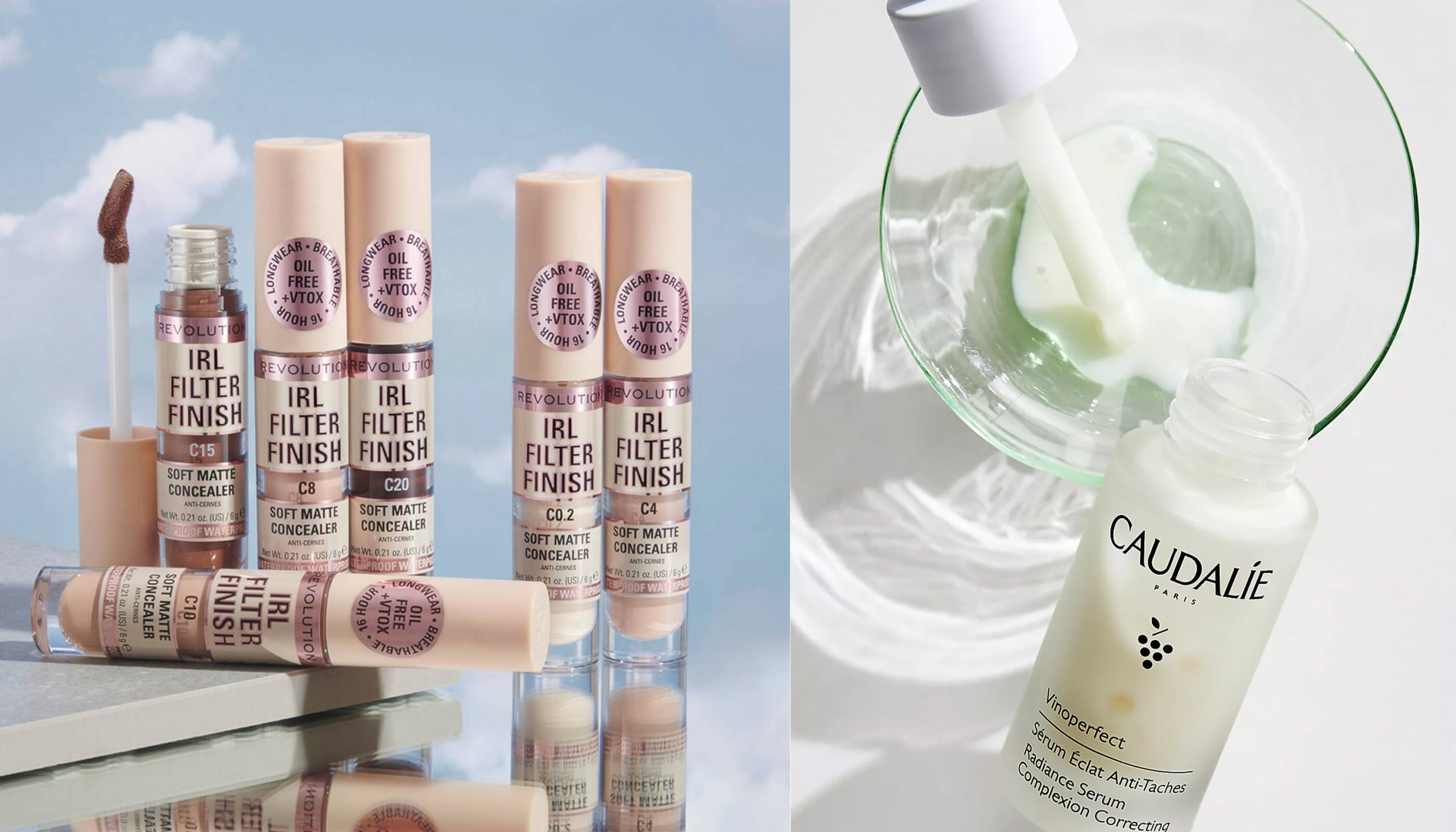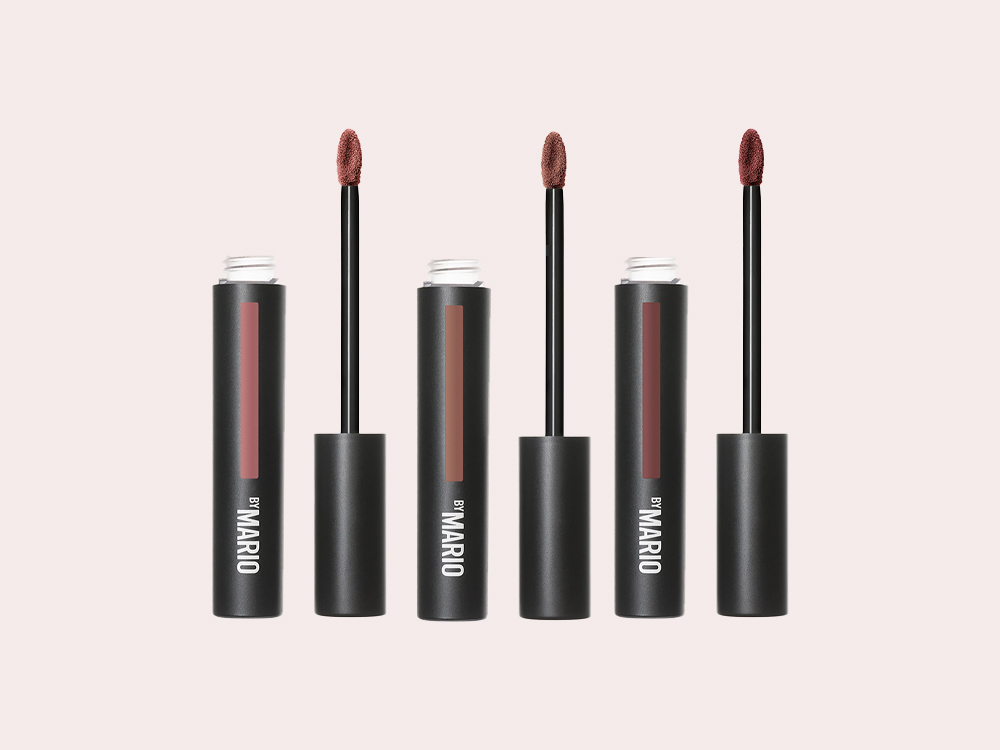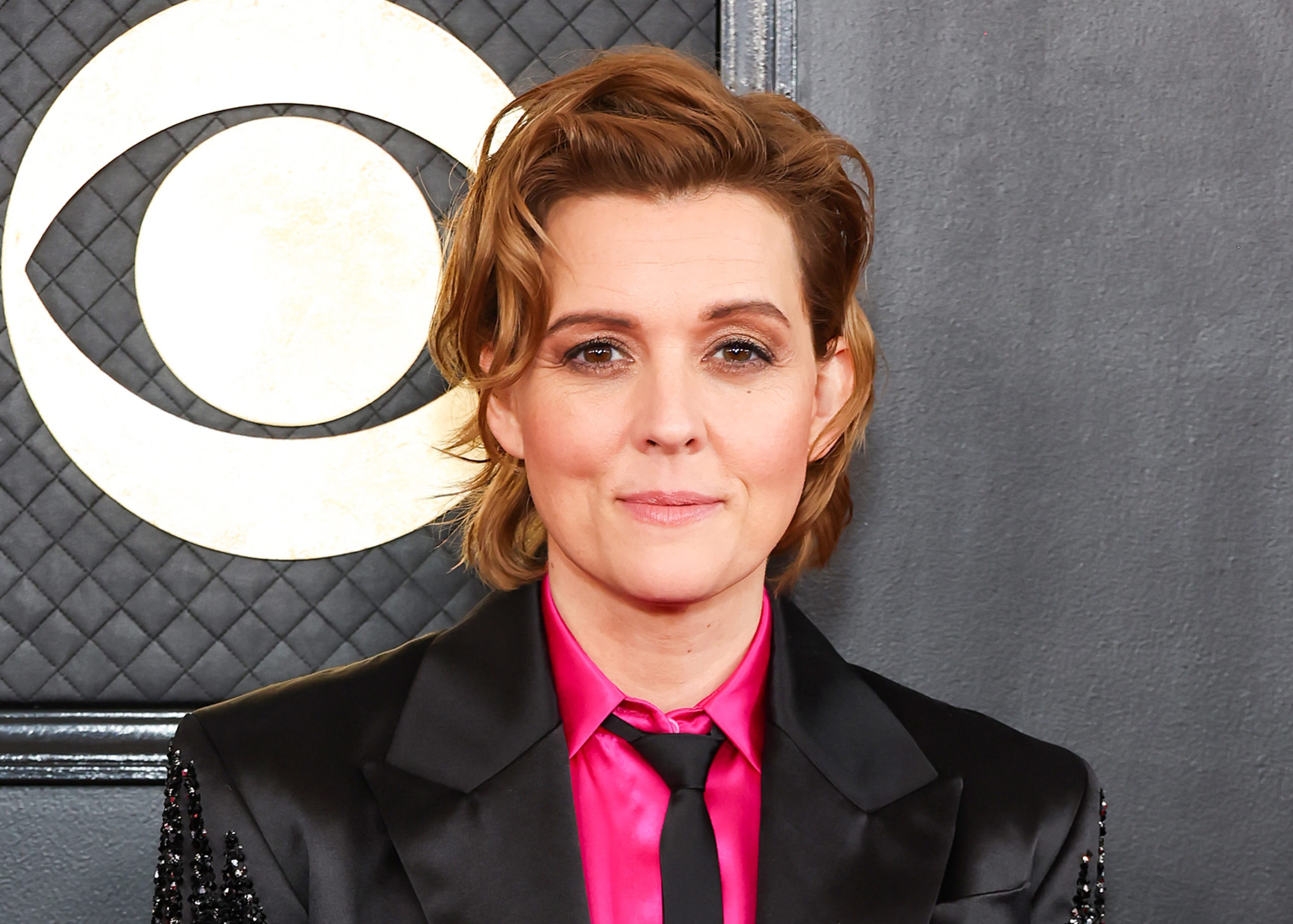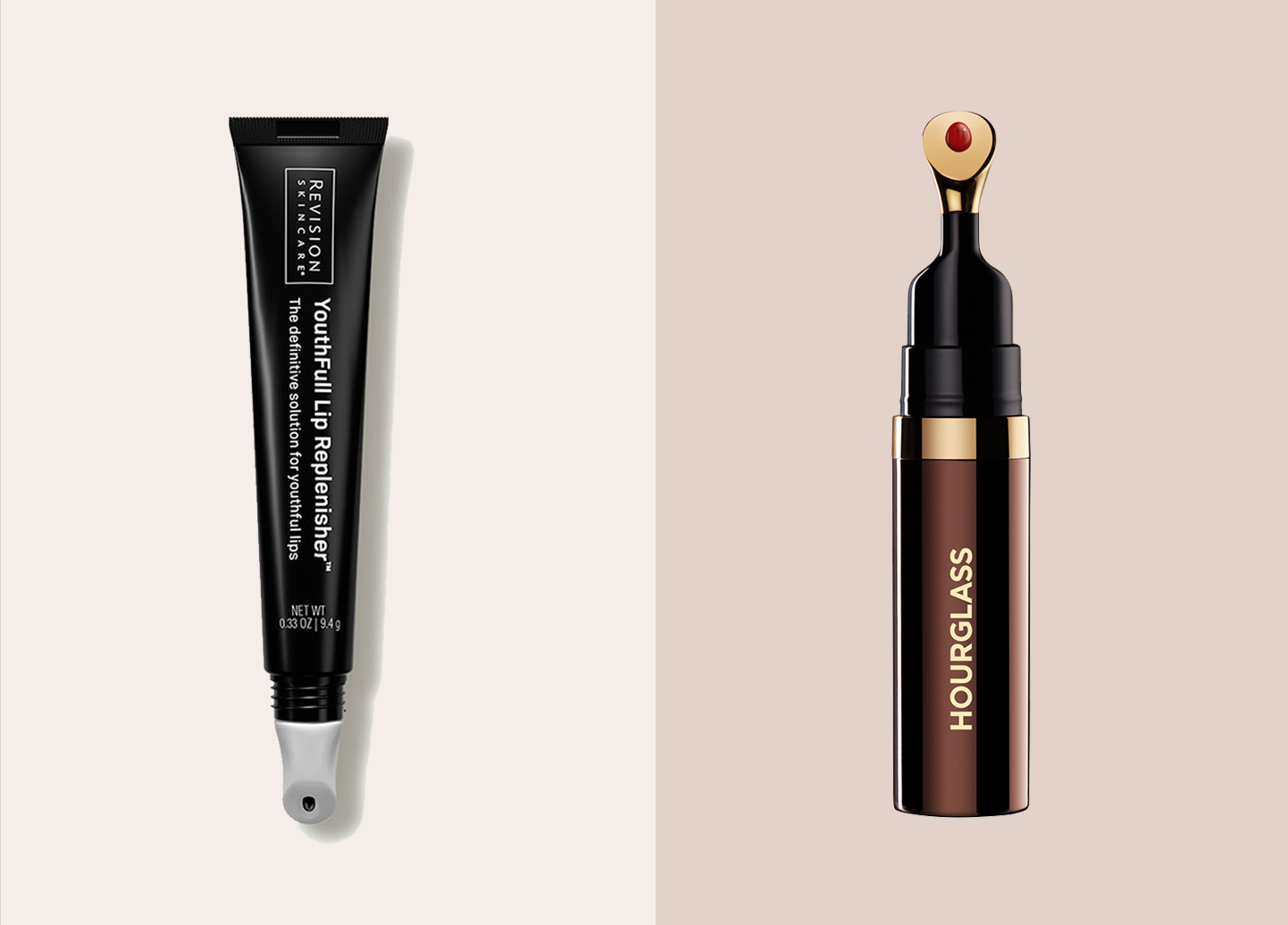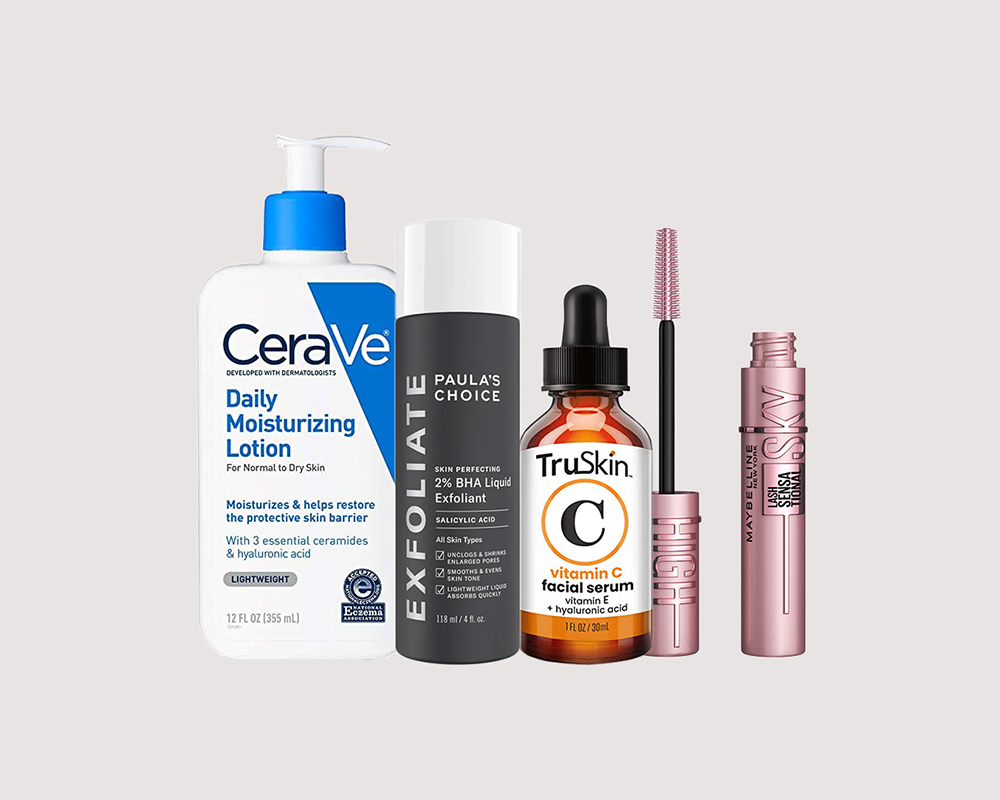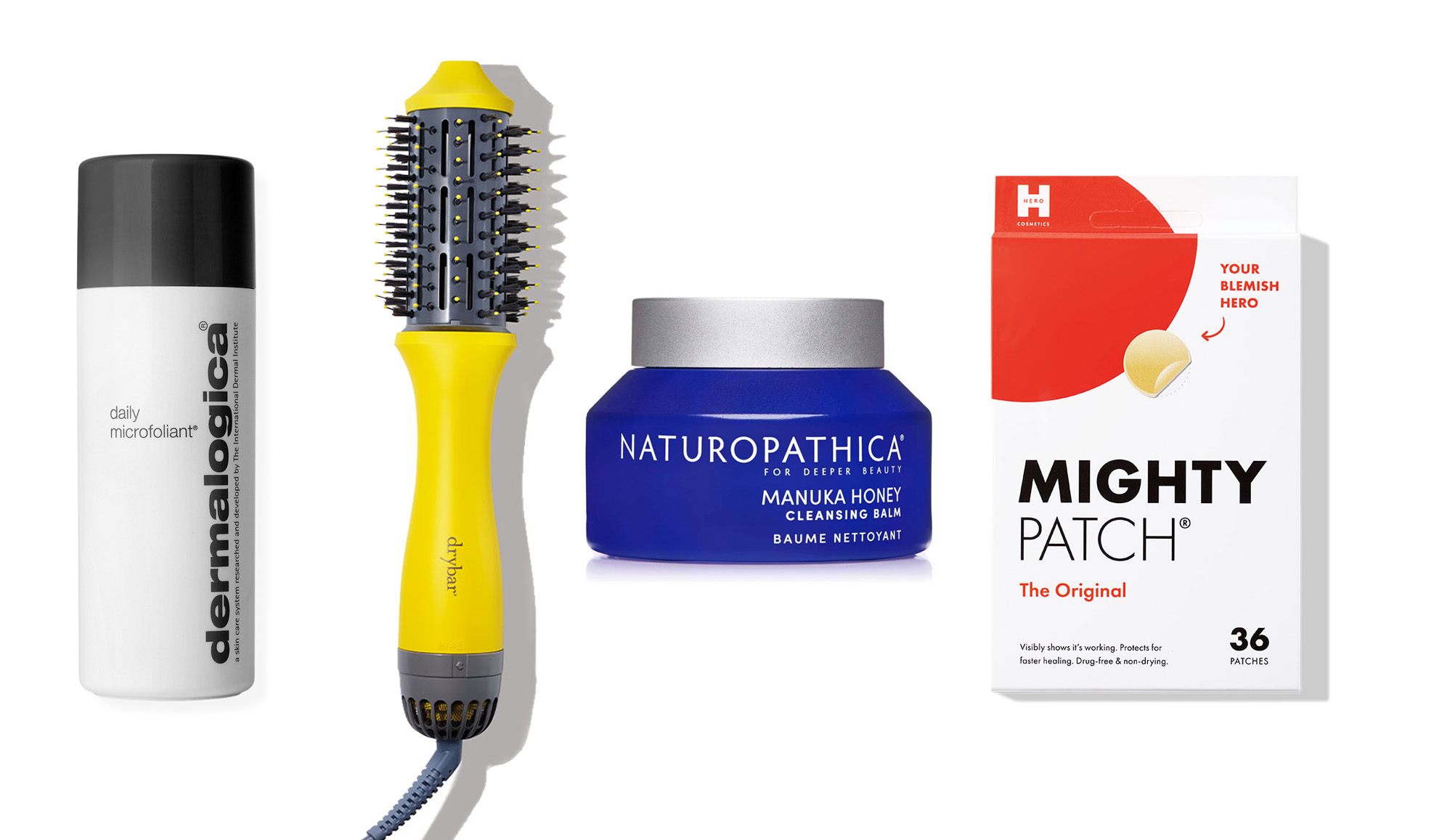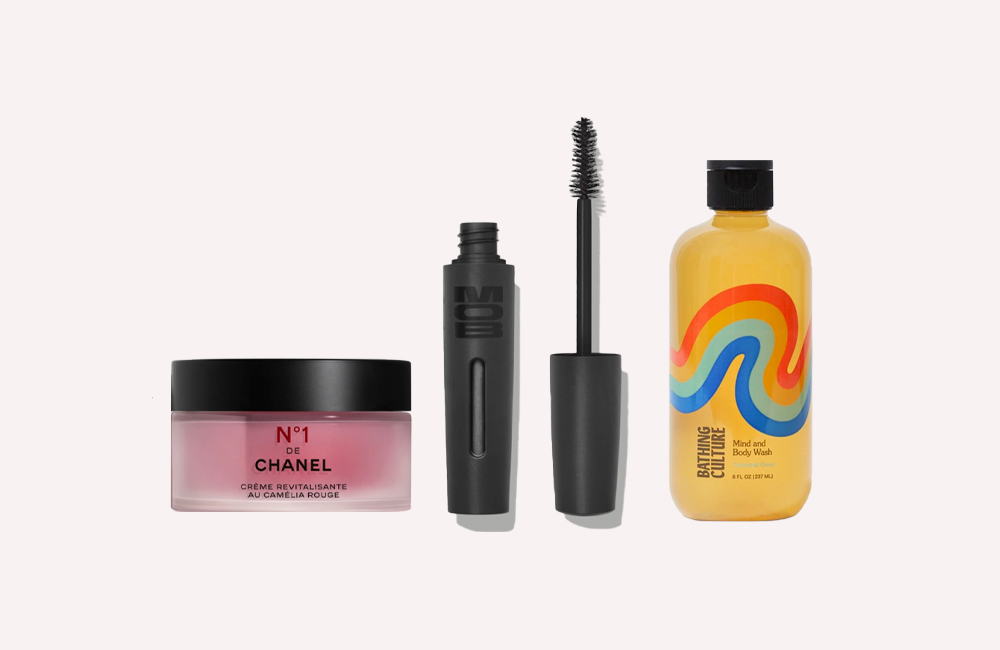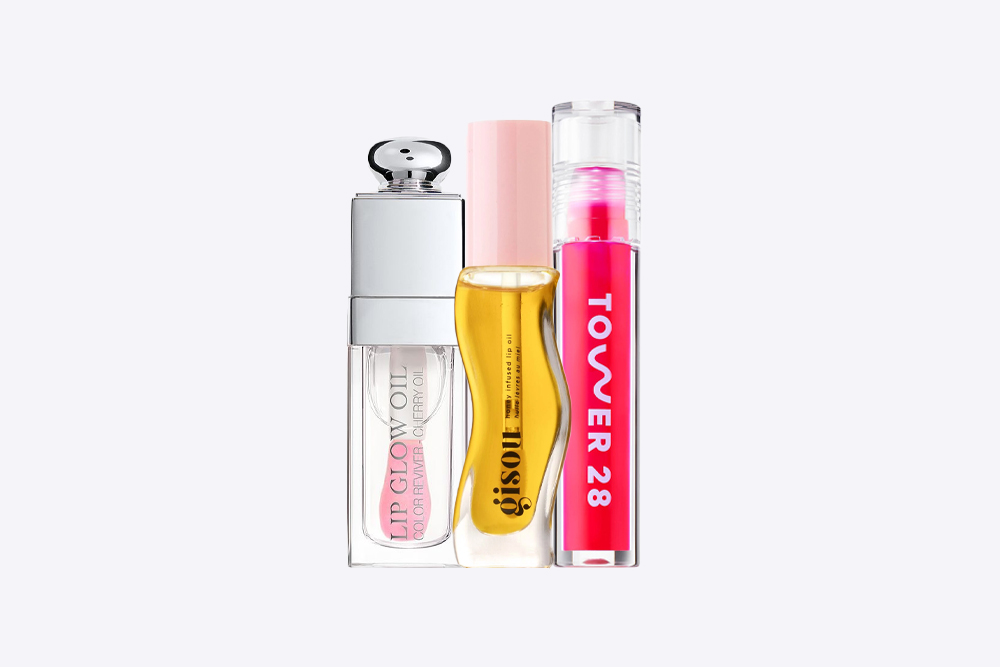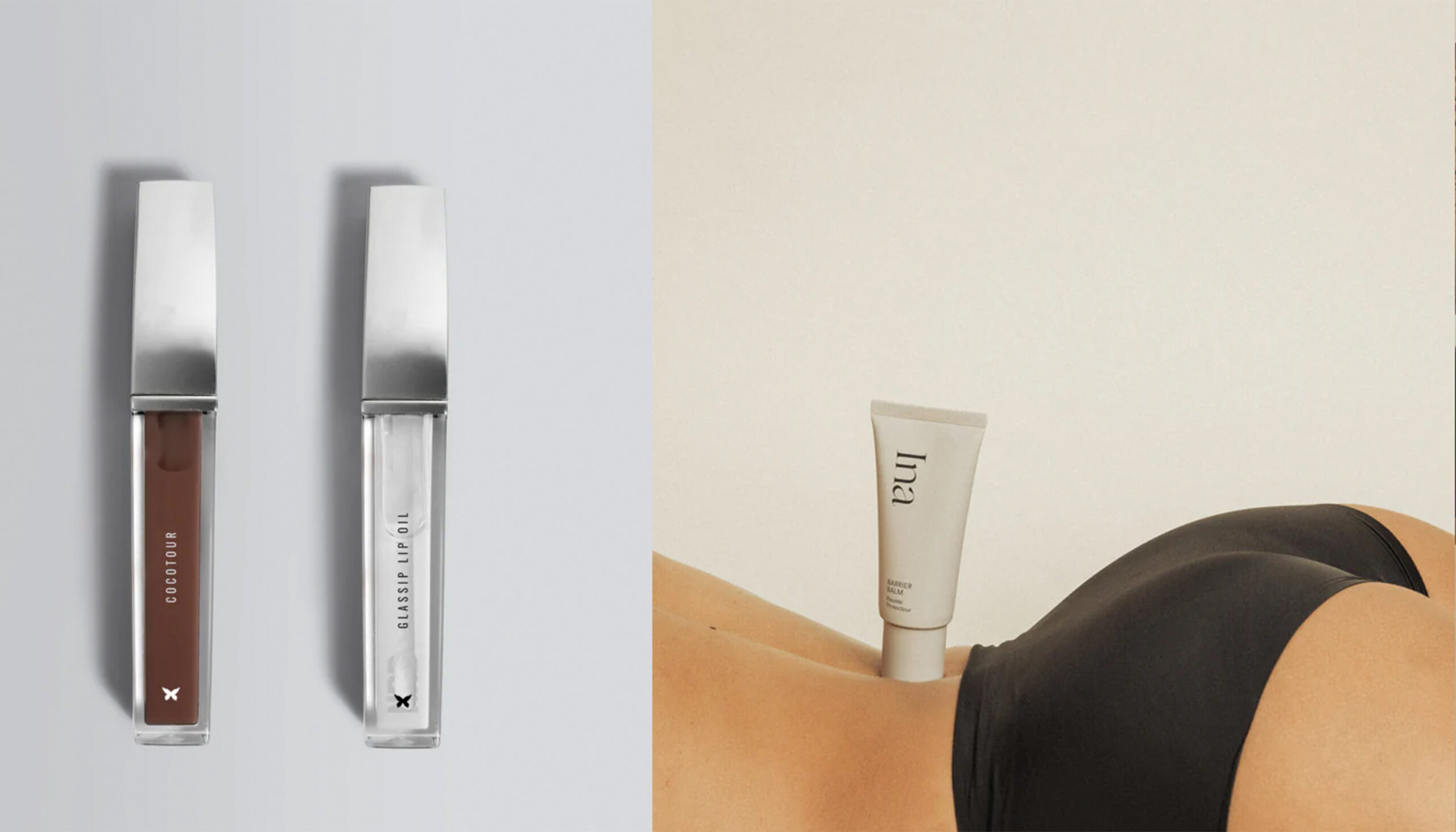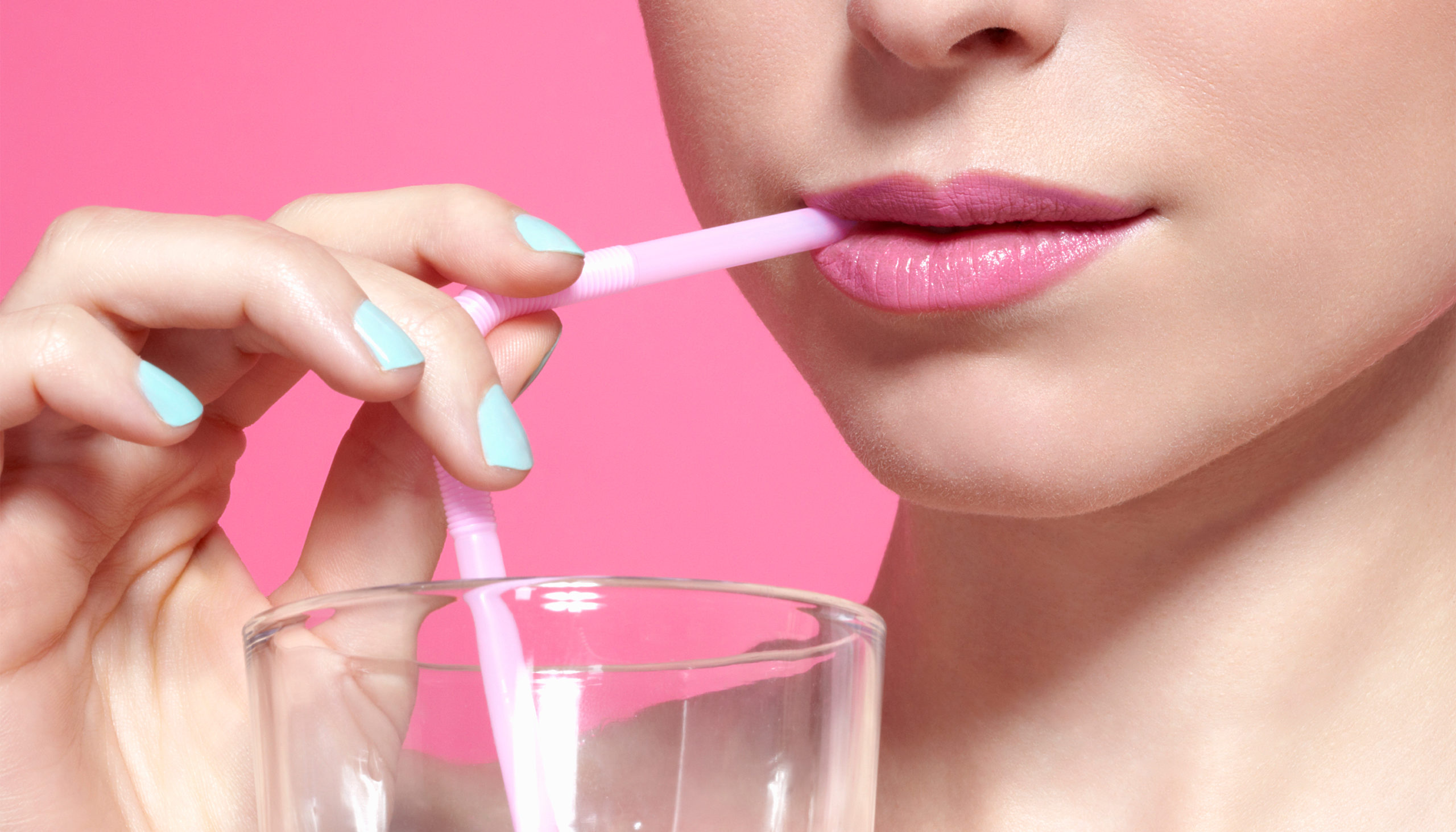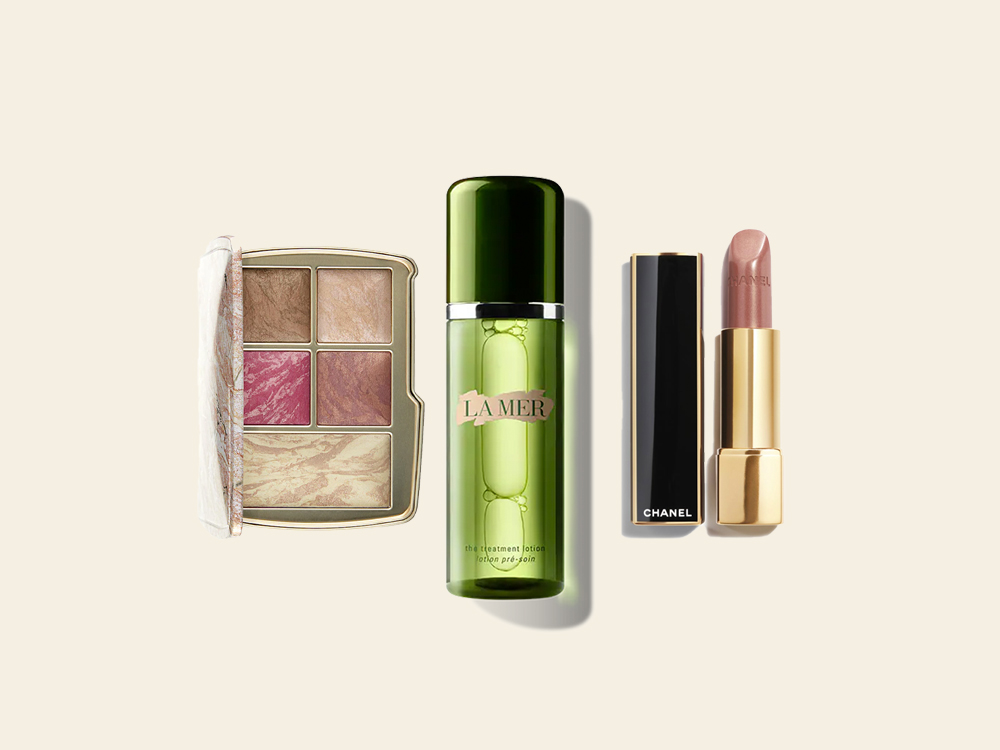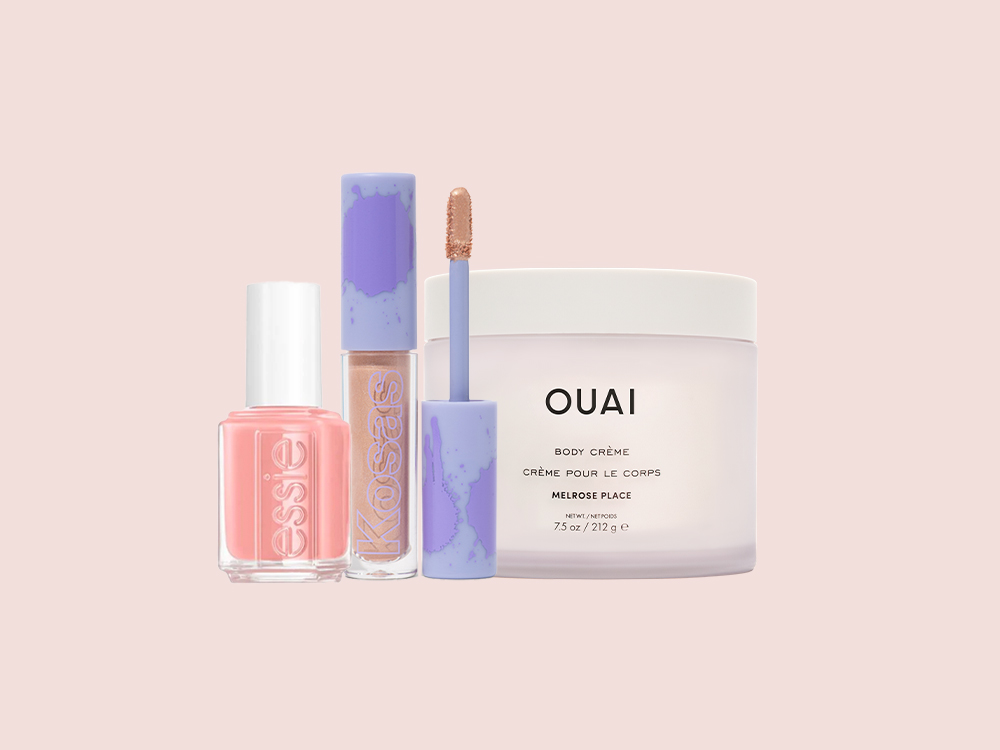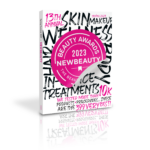As we age, lines begin to develop at the corners of the nose and extend down toward the mouth and beyond, often giving the appearance that we are much older than we really are. Known as nasolabial folds or marionette lines, these medium-to-deep facial creases are primarily caused by a loss of facial fat and less elastic skin, coupled with sun exposure and genetics.
Facial fillers can temporarily decrease the appearance of folds. When it comes to addressing medium to deep folds, there are a variety of different options available, including injectable fillers, in addition to fat. But which filler is right for you might be greatly influenced by your age. “In younger patients with minimal folds or creases, hyaluronic acid fillers like Juvéderm and Restylane, which plump up the area by attracting water, work very well,” says Duxbury, MA, plastic surgeon Christine A. Hamori, MD, adding that results can last up to nine months. “Patients in their 50s or older usually have some fat atrophy in their cheek fat pad, which causes a collapse of the cheek centrally in the face, exaggerating the appearance of the fold,” she says. “For this type of patient, I prefer collagen stimulators like Sculptra Aesthetic or Radiesse, because they restore the volume in the cheek while correcting the fold.”
Surgical procedures, like fat transfer or a facelift, can help get rid of nasolabial folds and other deep facial wrinkles as well. Although injectables can help fill in nasolabial folds and plump wrinkles, fat transfer provides longer-lasting results and may be the best option for those with wider, deeper folds that are heavily etched into the skin. Fat is taken from another part of the body and reinjected into the area around the folds, as well as in the folds themselves, to create support. “Surgical fat grafting can revolumize the cheeks and deep hollows, which contributes to the appearance of nasolabial folds,” says Dr. Hamori. “But patients should be aware of the risks and complications of fat grafting. Fat grafting may require multiple sessions to achieve the desired result, and downtime is longer as it involves a donor site from where the fat is harvested. It also causes more bruising and swelling.”
